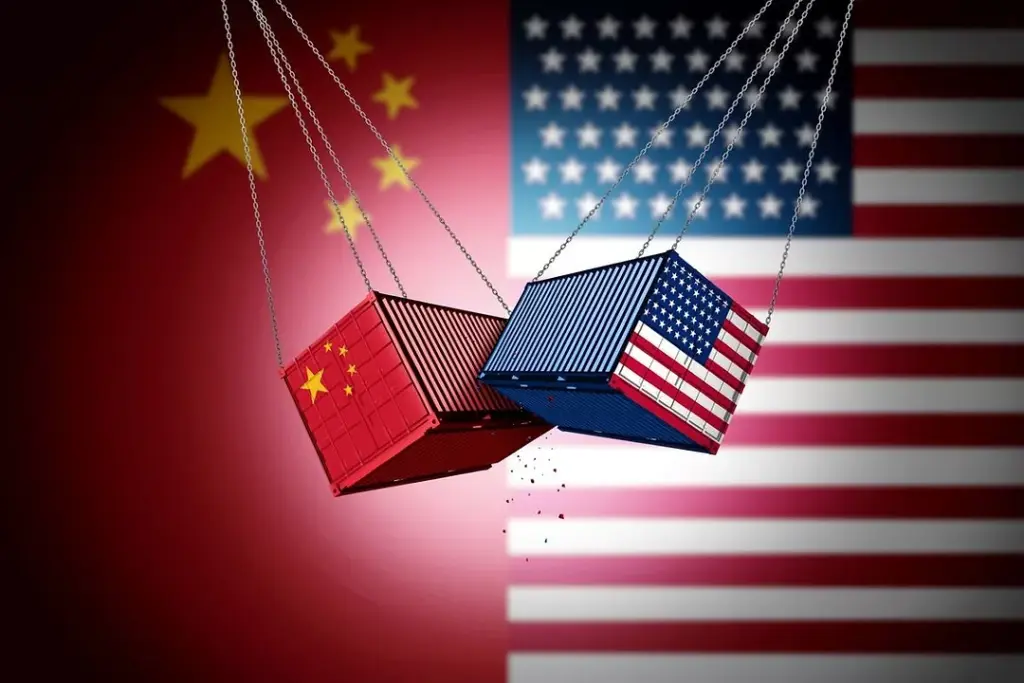
The U.S.-China trade relationship has deteriorated significantly, reaching its lowest point in decades earlier in 2025. Following a series of retaliatory tariffs, the U.S. imposed a staggering 145% levy on imports from China, prompting a reciprocal response from Beijing. Although both countries have recently scaled back some of these restrictions since the summer, uncertainty continues to loom over their economic interactions.
The U.S. government is focused on enhancing national security and minimizing risks within supply chains while simultaneously attempting to boost domestic production. To this end, the U.S. Department of Commerce’s Bureau of Industry and Security (BIS) has implemented export controls on critical and emerging technologies, particularly advanced semiconductors that serve both civilian and military purposes. In retaliation, China has enacted its own export controls on essential minerals and restricted the use of those semiconductors, effectively excluding American companies from its market.
Tariffs and Investigations Shape Trade Policy
Tariffs have been a cornerstone of U.S. trade policy, particularly during the Trump Administration, which aimed to bolster domestic production across various industries. The President invoked multiple statutes to justify these tariffs, including sections of the Tariff Act of 1930 and the Trade Expansion Act of 1962. Many American manufacturers have urged the International Trade Administration and the International Trade Commission to investigate claims of dumped or subsidized imports that threaten domestic industries. Successful investigations have often led to the imposition of antidumping or countervailing duty orders that can last for a minimum of five years.
Since March 2025, the BIS has initiated 12 investigations under section 232 of the Trade Expansion Act, focusing on the national security implications of imports across a broad array of products. These include critical minerals, semiconductors, pharmaceuticals, and various manufacturing equipment. The Commerce Department then provides recommendations to the President on how to address these national security concerns, which historically have resulted in global tariff recommendations ranging from 25% to 50%.
BIS has also introduced a new methodology that allows domestic producers to request the inclusion of additional products under national security tariffs. In conjunction with these measures, there are several lists of section 301 tariffs on Chinese products, covering hundreds of billions of dollars in imports.
Navigating the Future of U.S.-China Trade
The trade tensions between the U.S. and China have escalated since the onset of the Trump Administration, with both countries adopting more aggressive stances. The U.S. has faced retaliation, particularly in sectors where the Chinese government controls key supply chain elements. This ongoing geoeconomic competition over resources and influence is likely to persist, leading to significant risks and tariff volatility in the U.S.-China trade landscape.
Companies aiming to navigate this uncertainty should adopt proactive measures to enhance domestic production competitiveness. Supply chain leaders are encouraged to explore various strategies, such as onshoring, nearshoring, and friend-shoring, to mitigate risks associated with the current trade environment.
Daniel Pickard, practice group leader, and Natan Tubman, an associate, from the International Trade & National Security practice group at Buchanan Ingersoll & Rooney, emphasize the importance of understanding the complex and evolving trade dynamics in order to make informed business decisions in the face of ongoing challenges. The future of U.S.-China trade will require adaptability as companies confront a landscape marked by uncertainty and regulatory intricacies.







